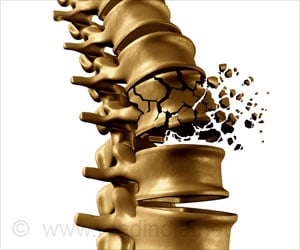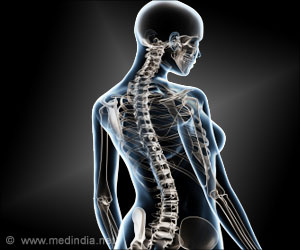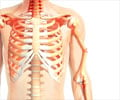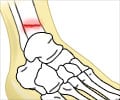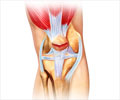Health risks of air pollution have now extended from cardiovascular and respiratory diseases, to cancer, and impaired cognition, and now osteoporosis.

‘Clean air improves bone health and prevents bone fractures. The best way to prevent air-pollution-related diseases is through policies to improve air quality.’





The researchers are the first to document high rates of hospital admissions for bone fractures in communities with elevated levels of ambient particulate matter (PM2.5), a component of air pollution, with risk of bone fracture admissions greatest in low-income communities. The findings, from a study of osteoporosis-related fracture hospital admissions among 9.2 million Medicare enrollees in the Northeast/Mid-Atlantic between 2003-2010, suggest that even a small increase in PM2.5 concentrations would lead to an increase in bone fractures in older adults. A concurrent analysis of eight years of follow-up among 692 middle-aged, low-income adults in the Boston Area Community Health/Bone Survey cohort found that participants living in areas with higher levels of PM2.5 and black carbon, a component of air pollution from automotive emissions, had lower levels of parathyroid hormone, a key calcium and bone-related hormone, and greater decreases in bone mineral density than those exposed to lower levels of these pollutants.
Osteoporosis, the most common reason for a broken bone among the elderly, is a disease in which bones become brittle and weak as the body loses more bone mass than it can rebuild. There are an estimated 2 million osteoporosis-related bone fractures in the U.S. each year, resulting in as much as $20 billion in annual direct health costs. Typically, no symptoms are present prior to a break, which often happens spontaneously or from something as harmless as a hug. In the year after an older adult has a bone fracture, risk for death increases by as much as 20 percent, and only 40 percent of those who had fractures regain their independence.
The researchers write that particulate matter, including PM2.5, is known to cause systemic oxidative damage and inflammation, which they suggest, could accelerate bone loss and increase risk of bone fractures in older individuals. Smoking, which contains several particulate matter components, has been consistently associated with bone damage.
"Decades of careful research has documented the health risks of air pollution, from cardiovascular and respiratory diseases, to cancer, and impaired cognition, and now osteoporosis," says Andrea Baccarelli, MD, PhD, chair of Environmental Health Sciences at the Mailman School and the study’s senior author. "Among the many benefits of clean air, our research suggests, are improved bone health and a way to prevent bone fractures."
Advertisement
Source-Eurekalert

